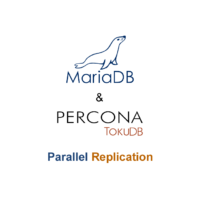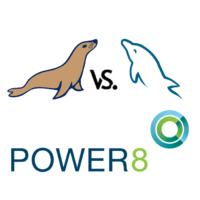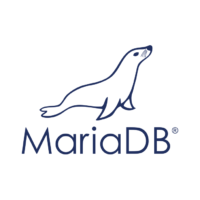At Softizy we also provide optimized hosting for our customers, using Cloud based providers.We have for example a fully optimized Prestashop stack deployed on AWS using Terraform. This stack includes Varnish which is usually running on EC2 r6a instances which have an interesting high Memory / CPU ratio. Why not switching to arm64? On Irlande […]
I) What is Varnish? Varnish Cache is a caching HTTP reverse proxy, really fast, and which is basically able to cache your page depending on the http headers set by the application. However PrestaShop doesn’t have a mechanism to control the HTTP header, and what should be cached / not cached. Hence, it’s not possible […]
I) Performance improvements in 1.7.2.2 With the release of PrestaShop 1.7.2.2, we have tried to remove a few point of contention which were affecting badly overall PrestaShop performance: Specific price computation Bad sale page pagination, which loaded too many products on one page Let’s check the specific price improvement! II) Why improving specificPrice is important for […]
I) An upgrade which hasn’t gone as planned One of our customer needed help after trying to upgrade their slave from Percona Server 5.6 to Percona Server 5.7. (here 5.7.17 is used) Indeed, from time to time, the replication lag was linearly growing, which could be quite annoying… (good guess, 5.7 is the red dashed line!) […]
I) What is parallel replication? Parallel replication is a nice feature introduced in MariaDB 10.0, and which allows to run in parallel some queries on a slave. Basically, by default (the conservative mode), it runs in parallel transactions that couldn’t have any conflict. Note you have to enable GTID to use this feature. Starting with […]
I) Why using TokuDB? I have been playing with TokuDB since 2013. Although it’s a really good storage engine, it’s sometimes full of surprises. Initially I migrated one of my customer from InnoDB to TokuDB because it was solving all their issues : their DB has been growing to more then 1TB, and they were facing […]
I – What is a query cache? The MySQL query cache was introduced as part of version 4.0 of MySQL. Its main function is simple: it is a giant hash table that associates bulk SQL queries with a group of results. It signifies that if you add a space or change a capital letter in your SQL […]
I) The Best Performances Ever ? Let’s have a closer look MariaDB 10.1 and MySQL 5.7 have been officially GAed for a few weeks now, and each company claims to have awesome performances. MariaDB claims that the biggest improvement on its new version is scalability on massively multithreaded hardware, reaching more than 1 million queries per second on […]
I) What’s new in PrestaShop 1.6.1.0? A lot of things have been improved on PrestaShop 1.6.1.0 : Design Invoices Search Performance : we have done a lot of work to improve the overall performances of PrestaShop, and reached in some cases a whooping 10x improvement. Let’s now dig into the optimizations we have put in place, […]
I – Table Statistics – Why? When you execute a SQL query that uses an index, creates a join, or another complex operation, MySQL will read the statistics linked to these tables, which will allows it to chose the optimal plan of execution. For InnoDB for example, this behaviour is controlled by innodb_stats_% type variables: show variables LIKE […]








